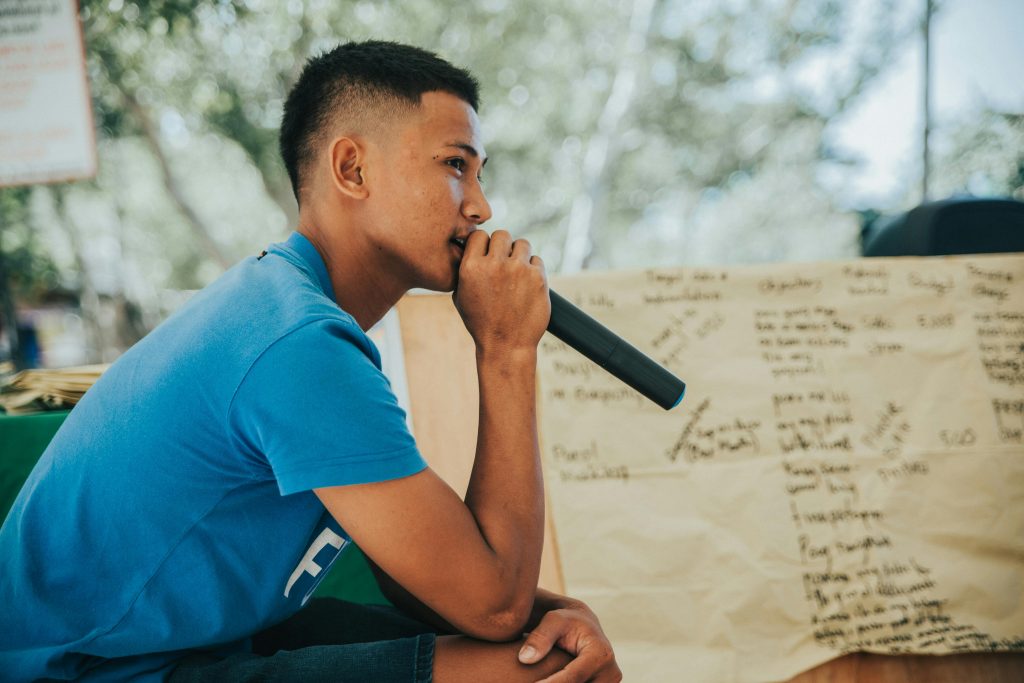A Fiserian Legacy
More linguistic diversity dies out each year; in fact, hundreds of languages are on the brink of dying, along with all the cultures and histories they embody. The alarmingly depleting numbers of languages in this world have stirred concerted global efforts toward preserving these endangered tongues before they vanish forever.
Scope of the crisis
Some 7,000 languages are spoken worldwide, but according to UNESCO, over 40% of them are endangered. Many of them are on the verge of extinction, with only some speakers left, most of whom come from the older generations. If these die, their native tongues will be in a precarious position, as it will perish with them.
The Causes
There are many reasons for the emergence of this linguistic crisis. Globalization has provoked the imposition of a few significant languages, like English, Mandarin, and Spanish. For that reason, minority languages are too often associated with neglect and put to the peripheries, symbolic of non-practicality or lower prestige. Moreover, many of them have been marginalized because of discrimination, forced assimilation policies, and lack of institutional support.
The Outcomes
The loss of a language is more than just an alternative system for communicating; it represents knowledge systems, traditions, and worldviews. The fact that any language is losing represents one irreplaceable and inestimable component of human cultural heritage. This impoverishes us all of one of our precious diversities.
Saving Pilipino
Not even prominent languages, such as Tagalog, which is spoken by millions in the Philippines, are secure. The Tagalog language, although not threatened, is progressively diminishing its usage, particularly among the younger generation. Therefore, the Philippine government has launched an advocacy to promote the national language in various institutions, media, and other communication channels. Additionally, tools like translation apps that support English to Tagalog, such as the Lingvanex translator, play a crucial role in bridging language gaps and encouraging the use of Tagalog (one example is https://lingvanex.com/translation/english-to-tagalog). Advocates argue that the maintenance of Tagalog in general is necessary for the preservation of the Filipino identity and culture
People-Led Action
Moves at the grassroots level are happening worldwide in the battle to save dying languages. From the Hawaiian Renaissance to the resurgence of Maori in New Zealand, these community-driven efforts create immersion schools, language nests, and other programs to nurture new generations of speakers.
Technology’s Role
The digital age has also opened new vistas for language conservation. Apps, online dictionaries, and multimedia resources aim to make an endangered language accessible and attractive to its users. For instance, this app https://lingvanex.com offers extensive support for a wide range of languages, making it easier for people to learn and use endangered languages in their daily lives. Furthermore, the benefits of social media can help bring together speakers over vast distances to share knowledge and foster online communities.
Government Support
While community initiatives are crucial, government policies and funding should support this effort. Some countries, such as New Zealand and Wales, have already implemented strong language policies where minority tongues are seen as official and bilingual education is compulsory.
The Challenges Ahead
However, the road to reviving dying languages has not been very smooth. It is hard to find a way forward for such strides, considering obstacles such as lack of resources, generational gaps, and the pull of dominant languages. More seriously, language revival has often met strong opposition from those who see it as unattainable or divisive. The Invitation to Take Action As the world is pushed towards heightened levels of interconnectedness, the danger to linguistic diversity is more perennial than before. Yet, at the same time, it is also a moment of crisis, solidarity on a global scale, and cultural appreciation. We support revitalization in these rich linguistic tapestries being placed into the fabric of our shared human experience and not lost to history.
